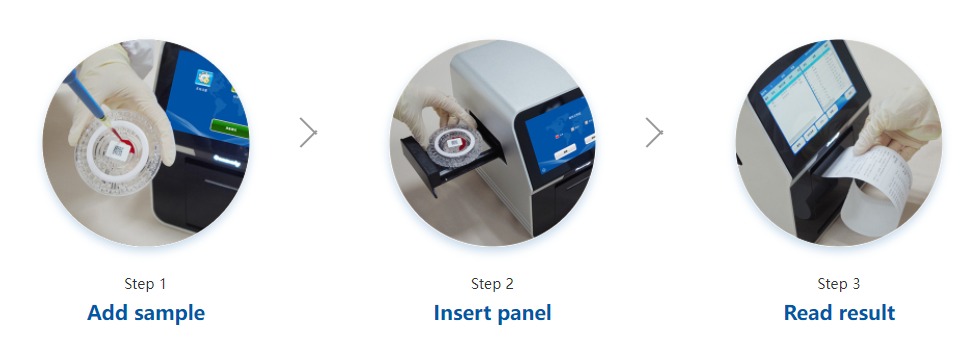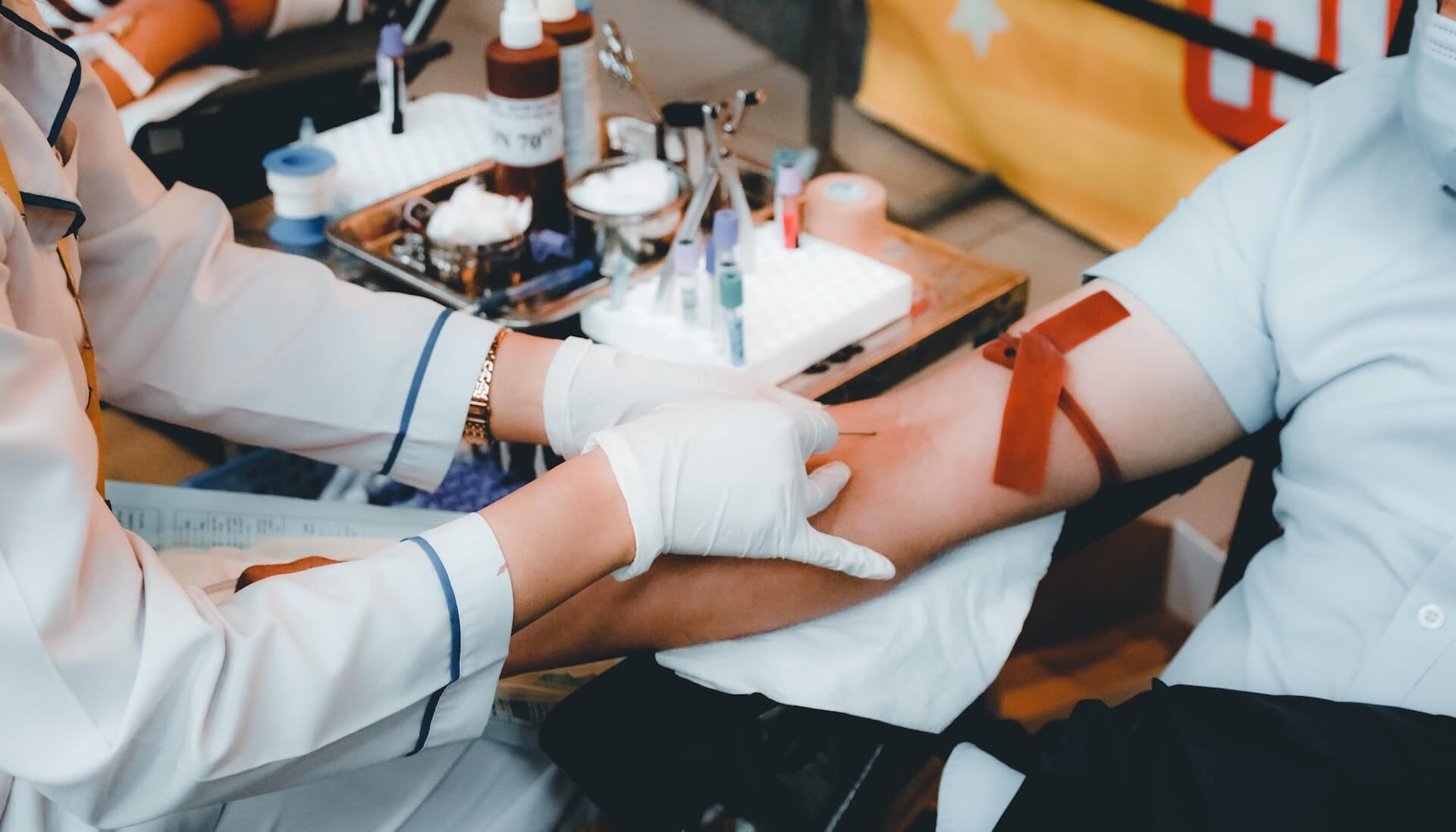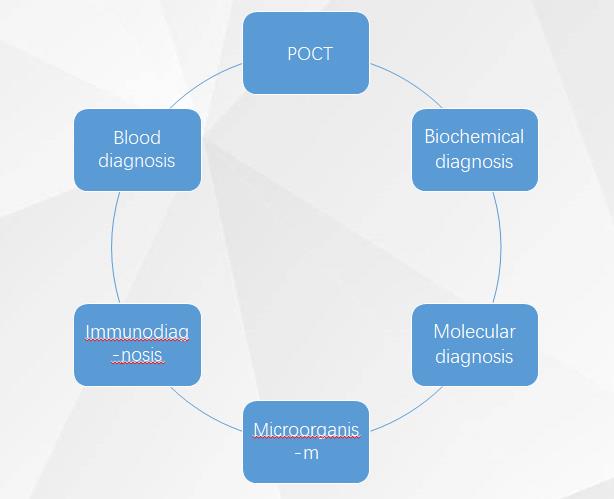release time:2021-12-24 14:55:52
To facilitate the growth of this market, Seamaty has developed and manufactured a portable POC testing instrument, the Vet Chemistry Analyzers SMT-120VP.

Animal blood biochemistry testing is an important step for the clinician to diagnose disease, but the diagnostic results do not completely determine which disease is present. The veterinarian should rely on the clinical signs of the animal, the owner's statement of the condition. In addition, the doctor should combine pathological examination, hematology, biochemical data, imaging and other processes, combined with the relevant data, and then come up with a definitive diagnosis.

2023-09-04
Discover why small clinics require a portable blood analysis machine and gain insights on selecting the ideal one for your healthcare facility. Explore the importance of portable blood analysis machine for small clinics in this informative guide.

2023-04-25
This beginner's guide to blood tests explains what they are, how they work, and what they can detect. Learn about the five main types of blood tests and how to prepare for them.

2021-07-26
IVD (in vitro diagnosis) refers to the products and services outside the human body to obtain clinical diagnosis information by testing human samples (blood, body fluid, tissue, etc.), so as to judge diseases or body functions, so as to maintain the first market share in the medical device industry.